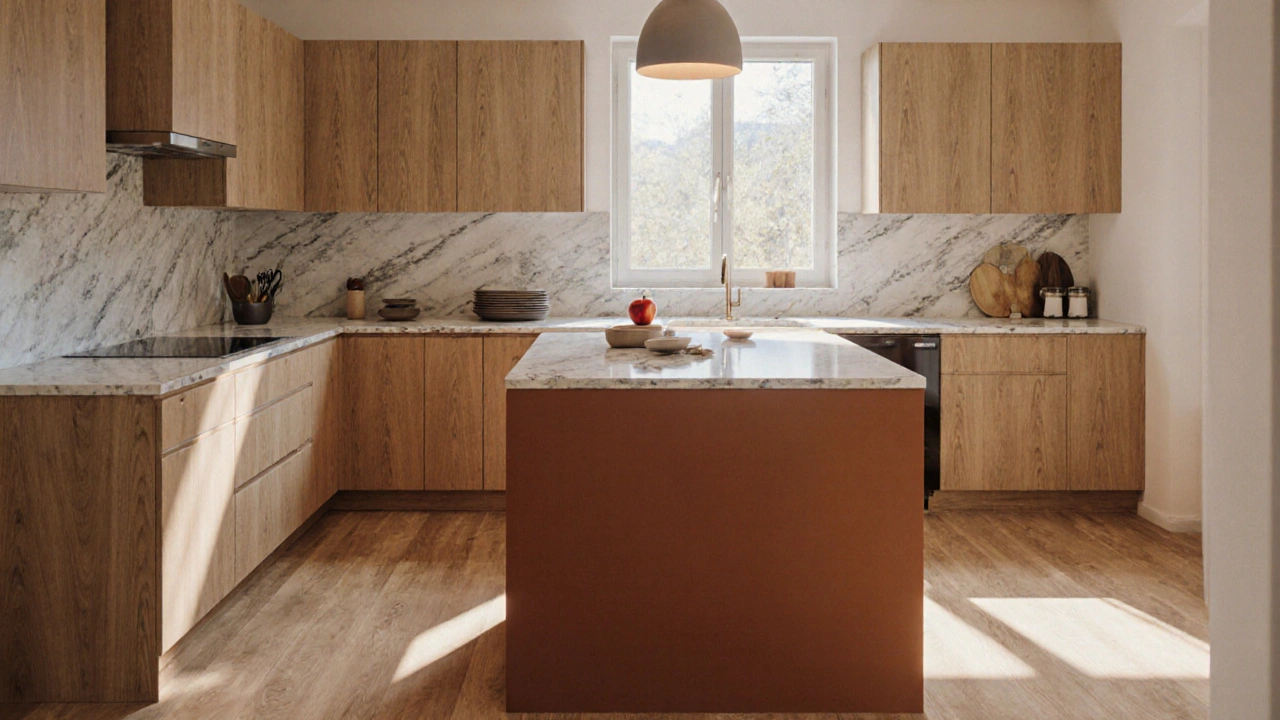Psychologie barev: jak barvy ovlivňují náladu a výběr dveří
When you choose a door color, you’re not just picking a shade—you’re shaping how you feel every time you walk through it. Psychologie barev, věda o tom, jak barvy ovlivňují lidské chování a emoce. Also known as barvová psychologie, it’s not just about aesthetics—it’s about how red makes you feel energized, blue calms you down, and gray can either feel peaceful or depressing, depending on the light. This isn’t theory from a textbook. It’s something you experience daily, even if you don’t realize it. Think about your bedroom: if the walls are warm beige and the door is dark walnut, you probably feel grounded. But if you swap that door for a bright white one, suddenly the room feels colder, more clinical. That’s psychologie barev at work.
It’s not just about the walls. Výběr dveří podle barvy, jak barva dveří ovlivňuje působení celého prostoru a jeho energetickou rovnováhu. A black door in a small hallway can feel like a void. A soft sage green door in a bathroom? It feels like a breath of fresh air. And when you’re choosing doors for a home renovation, you’re not just buying wood or MDF—you’re buying a mood. People don’t realize how much a door’s color affects the flow of a room. A yellow door in a kitchen can make the space feel brighter, even on a rainy day. A navy door in a home office can help you focus. These aren’t random choices—they’re psychological tools.
Vliv barev na náladu, jak konkrétní odstíny ovlivňují pocit klidu, energie nebo pohodlí v různých místnostech. Studies in environmental psychology show that people in rooms with warm tones report lower stress levels. Cool tones help with concentration. That’s why you’ll find more muted grays and earthy tones in bedrooms, and more vibrant accents in kitchens or entryways. Your front door? It’s the first impression—not just for guests, but for you, every morning. If it’s a dull brown, you might start the day feeling sluggish. If it’s a rich olive green, you might feel grounded and ready.
And here’s the thing: you don’t need to repaint your whole house to feel the difference. Sometimes, just changing the door color is enough. A simple swap from white to warm taupe can make a living room feel cozier. A dark charcoal door in a hallway adds depth without making it feel smaller. You’re not just decorating—you’re designing how you experience your own home.
Below, you’ll find real examples from people who changed their doors—not for trends, but because they wanted to feel better at home. Some switched from cold white to soft cream and noticed they slept better. Others picked a deep teal door for their bedroom and suddenly felt more relaxed after work. These aren’t magic tricks. They’re small changes based on how color actually works. And if you’re thinking about new doors for your place, this collection will show you exactly how to pick one that doesn’t just look good—but feels right.
Červená barva v interiéru: jak použít energii a vášeň bez přehánění

Červená barva v interiéru dodává energii a vášeň, ale může způsobit stres, pokud je příliš intenzivní. Zjistěte, kde ji použít, jaké odstíny jsou v módech a jak ji správně kombinovat.
- říj 27, 2025
- Jaroslav Kotačka
- 0
- Trvalý odkaz
